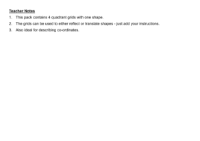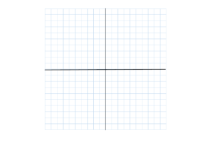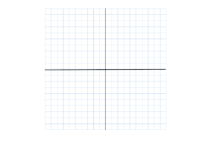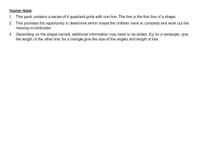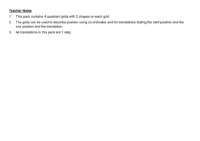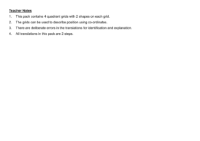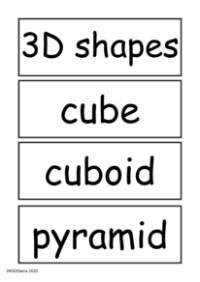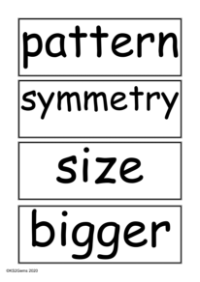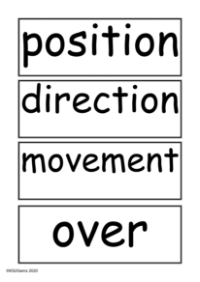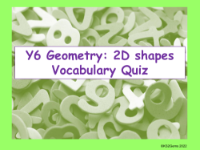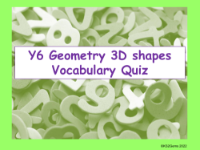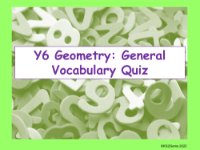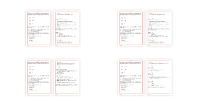Vocabulary - Shape: General
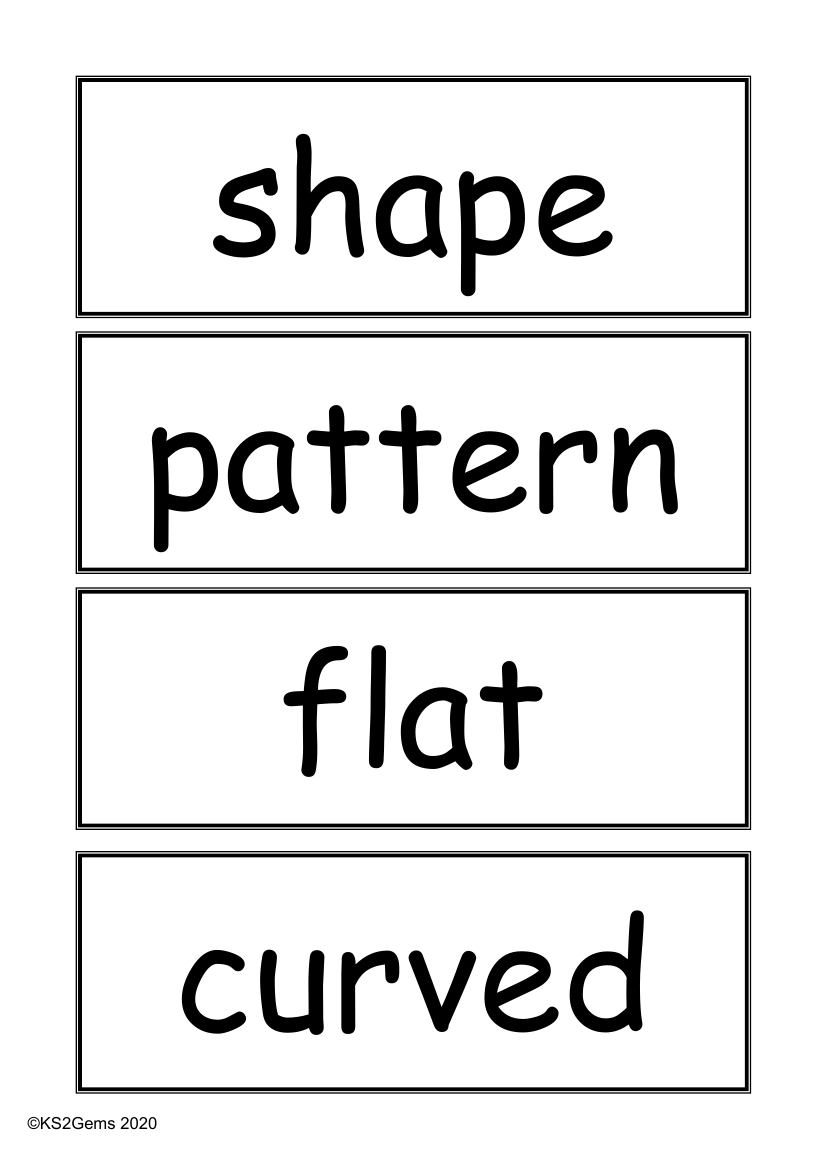
Maths Resource Description
The vocabulary list provided is an essential toolkit for students in Key Stage 2 (KS2) learning about the properties and characteristics of shapes. The terms encompass basic geometric concepts and are integral to understanding and describing different aspects of two-dimensional and three-dimensional figures. Words like 'shape' and 'pattern' are foundational, referring to the form of an object and the repetition of a design, respectively. 'Flat', 'curved', 'straight', and 'round' describe the contours of shapes, with 'flat' indicating a smooth, even surface and 'curved' denoting a continuous, non-angular line. 'Straight' is used for line segments without bends, while 'round' typically refers to circular forms.
Further terms such as 'hollow' and 'solid' differentiate between objects that are empty inside versus those that are filled with material. 'Corner', 'point', and 'side' help to describe specific parts of shapes, where 'corner' is the meeting point of edges, 'point' can refer to a sharp tip, and 'side' denotes a straight or curved edge. 'Edge' and 'end' are also used to talk about the boundaries of a shape, and 'face' refers to a flat surface on a three-dimensional figure. Additionally, the vocabulary includes words for constructing and representing shapes, like 'draw', 'sketch', 'diagram', and 'net', which is a flattened out three-dimensional shape. Terms such as 'right-angles', 'vertex', 'vertices', 'angle', 'base', 'radius', and 'diameter' are crucial for discussing the angles and measurements within shapes. Lastly, concepts like 'parallel', 'perpendicular', 'intersecting', and types of angles ('reflex', 'obtuse', 'acute') are important for understanding the relationships between lines and angles within geometric figures.
